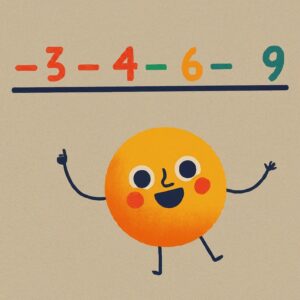Building a Strong Foundation: Creating a Developmentally Appropriate Curriculum for Early Learners
Introduction
As a homeschooling mom, I know firsthand how important it is to create a curriculum that meets children where they are developmentally. A well-structured curriculum isn’t just about checking off learning goals—it’s about fostering curiosity, engagement, and confidence in young learners. Whether you’re a parent guiding your child’s learning at home or an educator in a preschool setting, understanding how to structure lessons in a way that supports children’s growth is key.
What Makes a Curriculum Developmentally Appropriate?
A developmentally appropriate curriculum takes into account a child’s age, abilities, and interests. Instead of pushing rigid learning expectations, it allows children to explore at their own pace while still building essential skills. The best curricula include:
- Play-Based Learning: Young children learn best through hands-on experiences. Activities like building with blocks, pretend play, and exploring nature provide real-world connections to learning concepts.
- Multi-Sensory Activities: Using sight, sound, touch, and movement makes lessons more engaging. For example, practicing letter formation with finger paints or tracing letters in sand reinforces early writing skills.
- Flexible Lesson Plans: Some days, kids are eager to learn, while other days, they might need a break. A good curriculum allows for adjustments based on a child’s mood and readiness.
Simple Lesson Planning for Parents
If you’re designing a learning plan for your child, having a simple framework can make the process easier. Here’s a step-by-step guide to structuring your daily lessons:
- Set a Theme – Choose a topic your child is interested in, like “underwater animals” or “space.”
- Plan an Activity – Select an age-appropriate hands-on task, such as a craft, science experiment, or storytelling session.
- Introduce a Learning Concept – Tie in letters, numbers, or problem-solving skills related to the theme. For example, counting fish in an ocean-themed lesson.
- Include Movement – Incorporate an activity like a scavenger hunt, obstacle course, or song to keep learning active.
- Reflect and Review – End the lesson by talking about what was learned or having your child create a simple drawing or journal entry.
The Importance of Assessment
Assessing progress doesn’t have to mean tests or worksheets. Instead, look for everyday signs that your child is learning:
- Can they recognize letters, numbers, or shapes in their environment?
- Are they using new vocabulary words in conversation?
- Do they show excitement and curiosity about new topics?
Keeping a simple learning journal where you jot down observations can help track your child’s progress while keeping learning pressure-free.
Making Learning Inclusive and Engaging
Every child is unique, and a great curriculum reflects that. To make learning more inclusive:
- Incorporate Diverse Books and Media: Choose stories and materials that showcase different cultures, abilities, and perspectives.
- Adapt Lessons for Different Learning Styles: Some kids learn by doing, others by listening or watching—try to mix it up!
- Encourage Creative Expression: Allow kids to explore topics in ways that interest them, whether it’s through music, art, or storytelling.
Conclusion
Creating a developmentally appropriate curriculum doesn’t have to be complicated. By focusing on play, hands-on learning, and flexibility, parents and educators can build a strong foundation for children’s learning. Remember, the goal isn’t to rush through milestones but to help children develop a love for learning that will last a lifetime.


